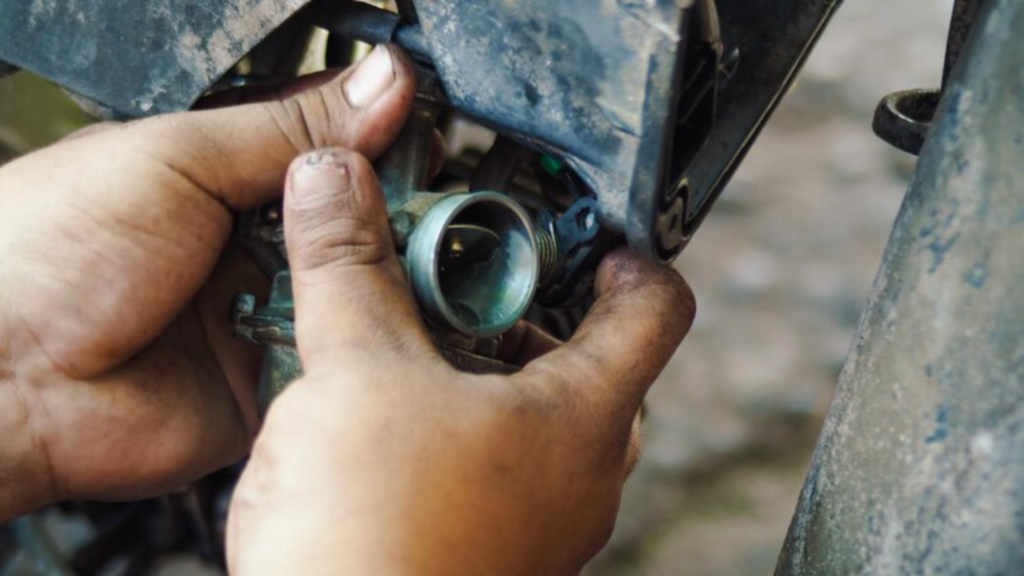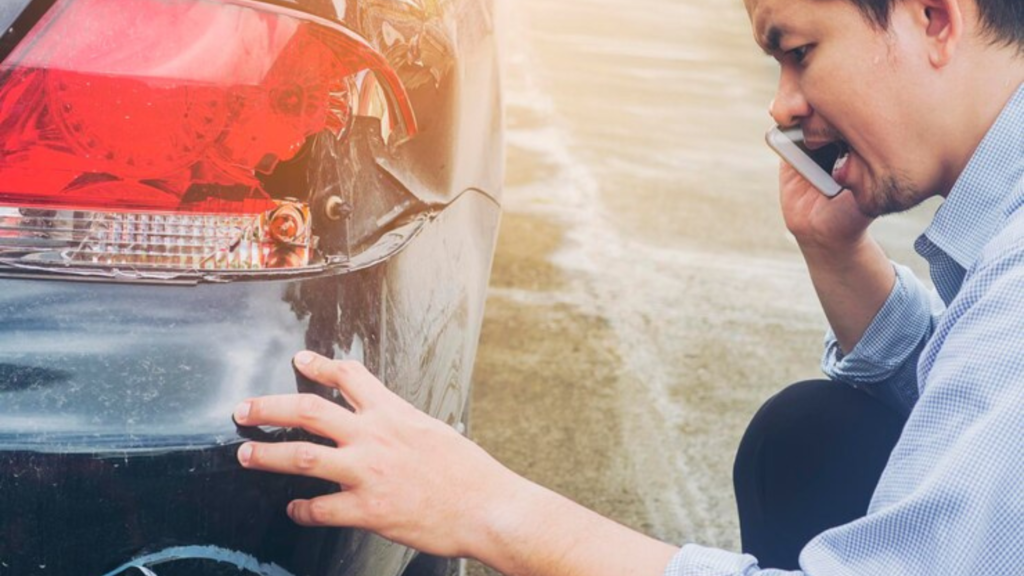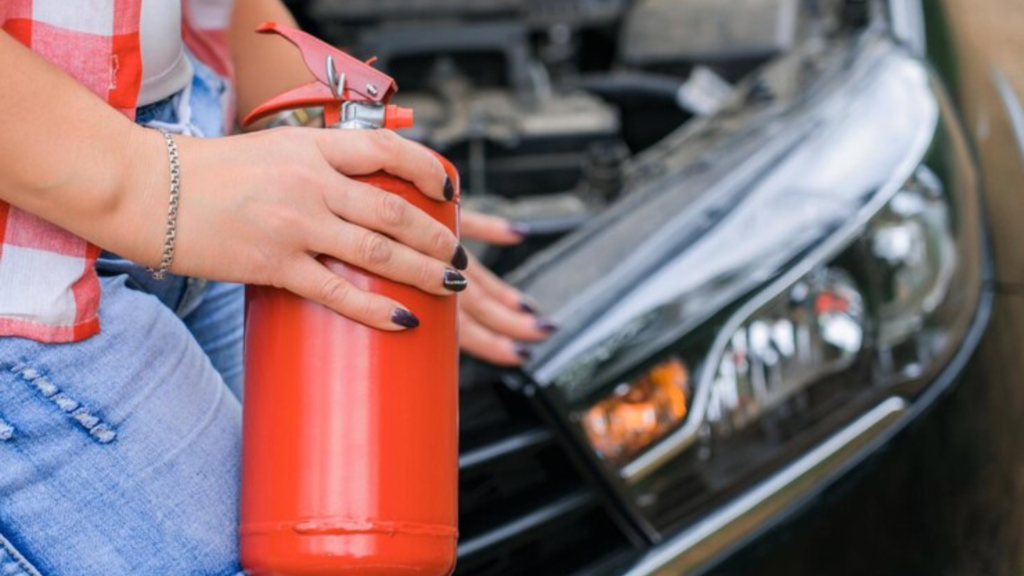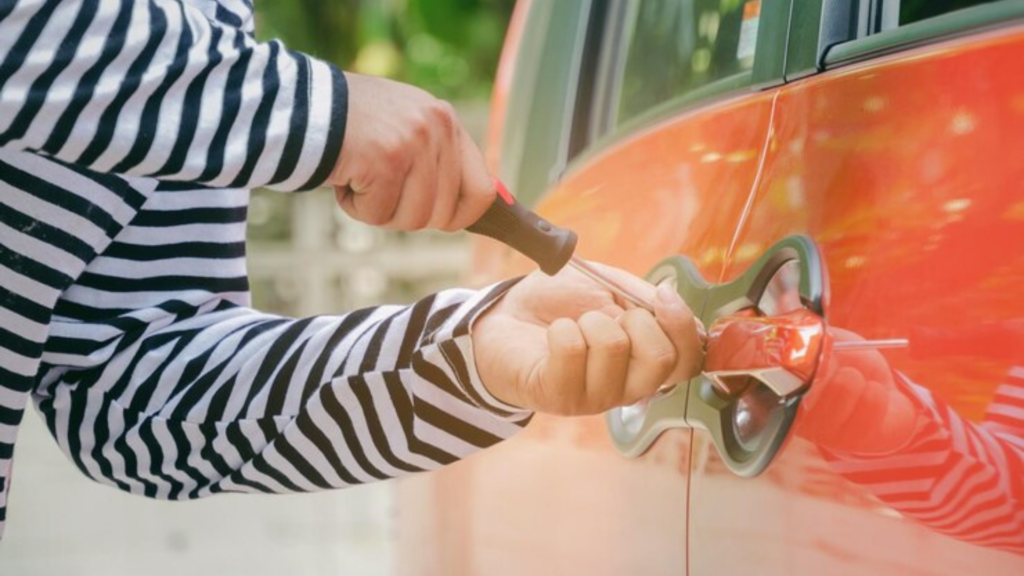Any car owner will be disturbed and concerned to see rust on their vehicle. This happens since the red color on the metal indicates it is corroding, which means it is being destroyed. Water, oxygen, and aggressive chemicals in the environment often cause the rust to show up. There are situations where the corrosion process influences only part of the material or makes some elements come apart due to intercrystalline corrosion. How to Protect Your Car from Rust is an important topic to consider, especially since automobiles are often stored outside, and oxidation can all too easily spread across the entire body of the car.
What techniques should be used to shield the car from damaging conditions? How can I handle rust once it has started to appear? We will explain this topic to you in the article ahead. Usually, chemical oxidation happens because of low-quality paintwork or any mechanical damage to the car’s outer layer. At the same moment, vulnerable places for corrosion are seams, connections of body parts, parts of the exhaust and transmission elements. If there is not enough ventilation, rust develops near the wheel arches and in different parts of the car.
Content

Changes in temperature, strong vibrations, and an excessive amount of gases in the atmosphere can speed up the degradation of metal. Most anti-icing reagents today contain calcium chloride and other substances that wreck chromed parts when used. The speed of an element being destroyed depends on the place it is located. Rust protection on your vehicle is dependable with the help of an anti-corrosion coating. Treatment of the car requires covering the underside and ‘weak spots’ with a special mastic; this may be bitumen, resin, wax or another similar material.
These kinds of anti-corrosion coatings are able to keep car surfaces protected for a long time from sharp stones and fine sand. Performance of the procedure should be repeated every two to three years. Clean all the dirt from the surface and see to it that nothing is sticking to it before coating the product. Based on the rules, anti-corrosion measures start by treating the upper part, for example, the engine compartment and the luggage compartment, and end by treating the threshold, door openings, wheel arches, and the bottom. The finish of the paint is not changed at all here.
Vulnerable areas of the body

This method is also considered very common these days. This system is developed to prevent parts that are hard to reach in the car from rusting. When the treatment happens, the body of the car is the negative pole, and a zinc plate is the positive pole. When the circuit gets a low current, a special reaction occurs that helps the body protect itself from corrosion. It is efficient in all ways and protects objects with chips and scratches very effectively. Extra ways to protect the car from corrosion are also applied to prevent the metal from aging. For this reason, mechanical body coverings guard the car from corrosion.
The use of plastic wheel arch liners and specific hood, underbody, sill, pillar, and other susceptible parts protects the car from getting damaged by the environment. Body lamination greatly helps to safeguard the paint on your car from scratches and chips. The whole body and all attachments are covered with a thick polymer film that is glued on. The paint and the metal on the vehicle are protected from damage by strong chemicals and water for a long time. All vehicle owners know that some damage is going to occur while driving their cars.
How to protect the car body from corrosion

You should wash your car with proper items and fix chipped and peeling paint from time to time to prevent corrosion from spreading across the car. It is necessary to prevent large cracks in the car because they may trigger corrosion. In the beginning, it is not hard to deal with surface corrosion. First, gently get rid of a thin part of the paint by using a sanding wheel and sander wheel, and then give the area a generous amount of primer to repaint and restore the varnish. Before starting the primer application, get rid of all the corroded spots, however tiny.
Apart from that, chances of relapse are higher. Synthetic wax is suggested as an extra defense for the car and to keep the original car paint the same. Bubbles on the metal mean that the metal is expanding due to oxidation. At the site of corrosion, the surface of the metal becomes discolored by the deposits of iron oxide. Get rid of the toughened corrosion by using a stiff brush along with an abrasive wheel and sandpaper.
Conclusion

If rust has damaged the entire body from being exposed to harsh conditions for a long time, then the whole damaged part needs to be replaced. Try to address the issue by yourself. What techniques should be used to shield the car from damaging conditions? How can I handle rust once it has started to appear? We will explain this topic to you in the article ahead. Usually, chemical oxidation happens because of low-quality paintwork or any mechanical damage to the car’s outer layer. If there is not enough ventilation, rust develops near the wheel arches and in different parts of the car.
Any car owner will be disturbed and concerned to see rust on their vehicle. This happens since the red color on the metal indicates it is corroding, which means it is being destroyed. Water, oxygen, and aggressive chemicals in the environment often cause the rust to show up. Especially since automobiles are often stored outside, oxidation can all too easily spread across the entire body of the car.